Storm Damage Estimate: How to Assess and Document for Insurance Claims
When the fury of a storm wreaks havoc on your home, knowing the steps to take next can often seem overwhelming. What if we told you that you could effectively handle storm damage, and even turn this ordeal into an opportunity to fortify your home better than before? Let’s dive in to learn the art of effective post-storm recovery. In this blog post, we’re going to guide you through the necessary steps of assessing and documenting storm damage for insurance claims while providing useful tips to prevent scams and oversights. The storm may have taken a toll on your roof but with our expertise, you’ll come out on top!
At our company, we offer complimentary storm damage estimates for customers who have experienced storm damage to their homes or businesses. Our experienced team will assess the extent of the damage and provide a detailed storm damage estimate of the repair costs. We can also assist with navigating the insurance claims process if needed. Contact us today to schedule your free estimate and get started on restoring your property.
Understanding Storm Damage Assessment
When a storm strikes, it can leave behind a trail of destruction that impacts properties in various ways. Understanding the process of storm damage assessment is crucial for homeowners looking to file an insurance claim and ensure proper repairs or replacements. Proper understanding empowers homeowners to effectively communicate with insurance adjusters and contractors, leading to fair and accurate assessments.
The first step in understanding storm damage assessment is familiarizing yourself with the different types of storms and their potential impact on your property. Storms can include hurricanes, tornadoes, hailstorms, windstorms, or severe thunderstorms. Each type of storm can cause specific damages such as roof leaks, fallen trees, broken windows, siding damage, or flooding.
Next, potential areas of damage must be thoroughly inspected. Begin with the exterior of the property and move systematically through each area. Assess the condition of the roof by checking for missing or damaged shingles, indentations from hail, or any signs of leaks. Examine the gutters and downspouts for dents or detachment. Inspect windows for cracks or shattered glass. Review the siding for dents or holes caused by flying debris. It is essential to document all visible damages through clear photographs with timestamps as evidence for insurance claims.
As you move inside the property, pay close attention to ceilings for signs of water stains or sagging due to leaks. Inspect walls for cracks or bulges indicating structural damage caused by strong winds. Document any damages found within the property as well.
For instance, let’s consider a scenario where a severe thunderstorm hits your neighborhood with strong winds and heavy rain. Upon inspection, you notice that several shingles on your roof are missing, there are cracks on one of your windows, and water stains have appeared on your living room ceiling.
Once you have assessed all potential areas of damage both inside and outside the property, take note of all findings and gather supporting evidence such as photographs, videos, or any other relevant documentation. This information will serve as crucial evidence when filing an insurance claim and enable the adjuster to accurately evaluate the extent of the damages.
Now that we have a clear understanding of storm damage assessment, let’s move on to the next step: assessing your property’s damage.
Assessing Your Property’s Damage
Assessing your property’s damage is a critical step in the storm damage assessment process. It involves a thorough examination of the extent and impact of the storm on various components of your property. By conducting a detailed assessment, you can provide accurate information to your insurance company for proper compensation and necessary repairs or replacements.
Begin by focusing on the exterior of your property. Check the condition of the roof and look for signs of missing or damaged shingles, dents from hail, or other noticeable issues. Inspect windows for cracks, shattered glass, or any damage caused by high winds or flying debris. Examine the siding for dents, cracks, or holes that may have occurred during the storm.
Moving inside, inspect ceilings for water stains, sagging, or any signs of leaks caused by roof damage. Examine walls for cracks, bulges, or other visible indications of structural damage resulting from strong winds.
Let’s continue with our previous scenario. After assessing your property’s exterior following the severe thunderstorm, you find that multiple shingles are missing from your roof due to strong winds. Additionally, one window has a cracked pane caused by airborne debris.
It’s crucial to carefully document all damages found during your assessment through photographs or videos. Make sure to capture close-ups as well as wide-angle shots to provide a comprehensive view. Remember to include timestamps on your documentation whenever possible.
By having a detailed record of all damages along with supporting evidence, you can present a more robust case to your insurance company and increase the likelihood of receiving appropriate compensation for repairs or replacements.
Factors Influencing Storm Damage Estimates
Storm damage estimates play a crucial role in insurance claims, as they determine the reimbursement amount for repairs. To accurately assess and document storm damage, it’s important to consider various factors that can influence the estimate. By understanding these factors, homeowners can navigate the claims process more effectively and ensure they receive fair compensation.
Severity of the Storm
The severity of the storm itself can significantly impact the extent of damage to a property. Severe storms with high winds, hail, or heavy rainfall are more likely to cause extensive damage to roofs, siding, windows, and other vulnerable areas of a home. Understanding the intensity of the storm that caused the damage is essential in evaluating its impact on your property.
Type of Damage
Different types of storms can result in different types of damage. For example, windstorms may cause shingle loss or roof structure damage, while hailstorms can lead to dented or broken shingles and damaged gutters. It’s important to identify the specific types of damage caused by the storm, as this will inform the repair and replacement costs.
Age and Condition of Property
The age and condition of your property prior to the storm can also influence the estimate. Older homes or structures that were already compromised may require more extensive repairs after a storm compared to newer constructions with better resilience. The pre-existing condition of your property will be evaluated in conjunction with storm damage when estimating costs.
Materials and Labor Costs
The choice of materials for repairs can also impact your storm damage estimate. Higher-quality materials may come at a higher price but could provide increased durability and longevity. Additionally, labor costs can vary depending on location, market rates, and complexity of repairs needed. These factors should be taken into account during the assessment process.
By considering all these factors together – severity of the storm, type of damage, age and condition of the property, and materials and labor costs – a more accurate storm damage estimate can be obtained. This information will help you navigate the insurance claims process more effectively and ensure fair compensation for repairs.
Impact of Storm Size and Property Location
When it comes to storm damage, the size of the storm and the location of your property can have a significant influence on your storm damage estimate. Understanding how these factors come into play is crucial in determining the extent of damage caused by a storm and the subsequent claim process.
Storm Size
The size of a storm refers to its geographical reach and intensity. Larger storms that cover a wider area are more likely to cause widespread damage to properties within their path. For example, hurricanes or tornadoes can cause extensive structural damage, while smaller thunderstorms may result in localized damage. The magnitude of the storm determines the scale of destruction, which in turn affects repair and replacement costs.
Property Location
The location of your property also plays a role in storm damage estimates. Homes situated in regions prone to certain types of storms like hurricanes, tornadoes, or heavy rainfall may experience more frequent or severe damage compared to properties in areas with milder weather patterns. Additionally, factors such as proximity to bodies of water, elevation, and surrounding terrain can contribute to the vulnerability of a property.
For instance, if you live on the coast where hurricanes are common, your property may be more exposed to high winds and flooding compared to someone living inland. Consequently, the estimation for repairs would likely reflect this increased risk.
It’s important to note that insurance policies may differ based on specific geographic regions and the likelihood of certain weather events. Understanding your policy coverage and its relation to your property’s location will help you better anticipate potential damages and navigate the claim process effectively.
To grasp this concept better, think of storm size as the caliber of a bullet fired during a shooting incident, while property location is analogous to being at the center or outskirts of that bullet’s path. The effects of the storm, like the bullet, will vary based on these factors.
By taking into account the impact of storm size and the location of your property, you can better understand how these factors influence the estimation process for storm damage. Armed with this knowledge, you’ll be better equipped to communicate and negotiate with your insurance provider.
Ways to Get a Storm Damage Estimate
When your property has been affected by a storm, it’s crucial to get an accurate estimate of the damage to ensure you can properly assess and document it for insurance claims. There are several ways to obtain a storm damage estimate , each with its own advantages and considerations.
One option is to conduct your own assessment . This involves inspecting your property for visible damage caused by the storm, such as fallen trees, damaged roofs, broken windows, or dented siding. Take photographs or videos of the damage from various angles, making sure to capture close-up details as well. While this approach may save you money upfront, keep in mind that it requires knowledge of construction and storm damage assessment to accurately identify all types of issues. Missing any damage could result in an incomplete estimate and potential complications during the claims process.
Another viable approach is seeking assistance from your insurance company . Most insurance companies will send an adjuster to evaluate the storm damage on your property. The adjuster will conduct a thorough inspection, documenting the extent of the damage and providing an estimated cost of repairs or replacement. It’s essential to be present during this evaluation to highlight any areas of concern and ensure nothing is overlooked. While this method offers the advantage of professional expertise, keep in mind that adjusters represent the insurance company’s interests and may not necessarily account for all necessary repairs or provide estimates that align with market prices.
If you prefer an independent assessment, hiring a professional storm damage contractor is an excellent choice. These contractors specialize in assessing and repairing storm-related damage, bringing their expertise and knowledge to accurately evaluate your property’s condition. They will conduct a comprehensive inspection and provide you with a detailed report outlining the scope of work needed for proper restoration. Working with professionals allows you to have an objective evaluation of the damage without any conflicts of interest or potential biases.
For instance, let’s say a severe thunderstorm caused significant roof damage to your home. You could hire a professional storm damage contractor who specializes in roofing, ensuring that all aspects of the damage are accurately identified and accounted for in the estimate. Their expertise and experience in dealing with insurance companies can also contribute to a smoother claims process.
While conducting your own assessment, seeking assistance from your insurance company, or hiring a professional assessment service are three ways to obtain a storm damage estimate, each has its own advantages and considerations. However, if you choose to hire professionals, it is essential to understand what to look for and how to ensure you select the right ones for your specific needs.
- According to the National Oceanic and Atmospheric Administration (NOAA), in 2020 there were 22 weather/climate disaster events in the U.S. with losses exceeding $1 billion each.
- The Insurance Information Institute reports that 1 in 20 insured homes has a claim each year, with wind and hail accounting for the largest share of claims.
- A recent study by Deloitte shows that up to 60% of small businesses are not prepared for natural disasters and only about half have a contingency plan in place to manage the fallout from such events.
Hiring Professional Assessment Services
When seeking professional assessment services for storm damage, it’s crucial to approach the selection process with care. Here are some steps to consider when hiring a professional assessment service:
- Research reputable companies : Take the time to research and identify reputable companies that specialize in storm damage assessment. Look for evidence of their experience, certifications, licenses, and positive customer reviews or testimonials.
- Verify insurance coverage : Ensure that any potential assessment service carries liability insurance and workers’ compensation coverage. This protects you from liability in case of accidents or damages that may occur during their work.
- Request multiple estimates : Reach out to several assessment services and request estimates for their services. By comparing these estimates, you can gain insight into the estimated cost of repairs or replacements required.
- Ask for credentials and references : Don’t hesitate to ask about their qualifications, certifications, and previous clients they have worked with. Request references and follow up with those clients to gauge their satisfaction with the assessment service provided.
- Consider specialization : If your property has specific areas of concern (such as roofing or siding), look for an assessment service that specializes in those areas. Their expertise can ensure accurate assessments and recommendations tailored to your specific needs.
Remember, hiring a professional assessment service can provide you with a thorough and objective evaluation of storm damage. Their expertise can be invaluable in ensuring that all necessary repairs are identified and documented for insurance claims.
Having explored the ways to get a storm damage estimate, along with considerations when hiring professional assessment services, it’s crucial to understand the importance of proper documentation when filing an insurance claim.
Documentation for Insurance Claims
When it comes to filing an insurance claim for storm damage, proper documentation is crucial. The more evidence you have to support your claim, the higher the chances of a successful outcome. So, how should you approach documenting storm damage for insurance claims?
First and foremost, take photographs or videos of the damage from various angles. Capture the extent of destruction on both the exterior and interior of your property. This visual evidence will help strengthen your case and provide tangible proof of the storm’s impact.
It’s also essential to create a detailed inventory of the damaged items. Make a list of everything that was affected by the storm, noting down their original value, age, and condition. This inventory will assist in accurately assessing the financial loss and enable a smoother claims process.
Additionally, keep all related receipts, invoices, and repair estimates. These documents will serve as supporting evidence for the cost of repairs or replacements. It’s vital to retain any communication with contractors or service providers as well, as their professional assessments can reinforce your claim.
Don’t forget to document any temporary repairs you’ve made to prevent further damage. Take notes on the steps taken and keep records of expenses incurred during these emergency repairs. These can be important in demonstrating your proactive measures to mitigate additional losses.
While photographs are a great start, including written descriptions can provide context and clarity. Describe the damage in detail, noting specific locations within your property where it occurred. Include relevant information such as dates, times, weather conditions at the time of the storm, and any eyewitness accounts if available.
For instance, if your roof sustained damage due to high winds during a severe thunderstorm, describe how many shingles were blown off and whether there were visible signs of leakage in certain areas inside your home. Paint a vivid picture with words that complements the visual evidence you’ve captured.
Remember to keep copies of all documentation and store them in a safe place. This will ensure easy access during the claims process and avoid any potential loss or damage to these valuable records.
Now that we’ve discussed the importance of documentation, let’s delve into how to properly capture storm damage to provide comprehensive evidence for your insurance claim.
Properly Capturing Storm Damage
Capturing storm damage accurately and comprehensively is essential for a successful insurance claim. To ensure you don’t miss any crucial details, it’s important to approach the assessment systematically. So, how can you properly capture storm damage?
Start by conducting a thorough inspection of your property. Begin with the exterior and carefully examine all visible structures such as the roof, siding, windows, and gutters. Look for signs of damage, including loose or missing shingles, dented siding, broken windows, and displaced gutters.
Next, move inside your home and inspect each room individually. Check for water stains on walls or ceilings, cracked drywall or plaster, damaged flooring, and any signs of electrical issues resulting from the storm. Take note of any visible structural damage or compromised integrity within the interior spaces.
It’s also important to be mindful of hidden damages that may not be immediately noticeable. Inspect storage areas, basements, crawlspaces, and attics where leaks or moisture buildup can occur over time. These areas often require extra attention as they may reveal additional damages that could impact your claim.
For example, during your inspection, you might come across water stains on the ceiling in your guest bedroom. Upon closer examination, you might notice that the wall adjacent to the stained area is damp as well. Document these findings diligently by taking photographs of both the stain and surrounding areas to provide a comprehensive view of the extent of damage.
Another crucial aspect when capturing storm damage is detailed note-taking. As you inspect each area, jot down observations about specific damages, including their size, extent, and potential causes. This information will reinforce your claim and facilitate discussions with insurance adjusters.
Understanding the importance of documenting storm damage and properly capturing it lays a strong foundation for a successful insurance claim. Taking these steps can help ensure that you have an accurate record to present to your insurance company. Remember, every piece of evidence strengthens your case and increases the chances of fair compensation for the damages incurred.
Liaising with Insurance Companies
When it comes to filing a storm damage claim, one of the most crucial steps is liaising with your insurance company . This process allows you to provide all necessary documentation and information regarding the extent of the damage, ensuring a smoother claim experience. However, dealing with insurance companies can sometimes be challenging. Here are some tips to navigate this process effectively:
First and foremost, it’s essential to promptly report the damage to your insurance provider. While policies may vary, most require claims to be filed within a reasonable timeframe after the incident. Delaying notification could result in potential complications or even denial of coverage.
Let’s say a severe storm caused significant roof damage to your home. After ensuring your safety and documenting the damage, contacting your insurance company should be prioritized to initiate the claim process.
When communicating with your insurer, make sure to gather all relevant details and records related to the incident. This includes photographs or videos of the damaged areas, any police reports or witness statements, and an inventory list of items affected by the storm. Providing comprehensive documentation helps strengthen your case and ensures that no important information is overlooked.
Once you have reported the storm damage and collected necessary evidence, it’s time to navigate through the intricate process of filing a claim. In the next section, we will explore how to effectively navigate this journey.
Navigating the Claim Process
Filing an insurance claim for storm damage involves several steps that can be confusing if you’re unfamiliar with the process. Understanding how to navigate through this journey can significantly impact your chances of receiving fair compensation. Here are some key aspects to consider:
- Contact your adjuster : After submitting your claim, an insurance adjuster will be assigned to assess the damages and estimate repair costs. Reach out to your assigned adjuster promptly, providing any additional information they may need.
- Schedule an inspection : Your adjuster will schedule an inspection of the damaged property, evaluating the extent of the storm damage. Accompany the adjuster during this visit to ensure all damages are properly documented.
- Obtain repair estimates : It’s important to obtain multiple repair estimates from reputable contractors for comparison purposes. These estimates can help support your claim and ensure you receive fair compensation for the necessary repairs.
- Review your policy : Familiarize yourself with the details of your insurance policy, paying particular attention to coverage limits and deductibles. This understanding will help you negotiate any discrepancies or disputes that may arise during the claim process.
- Document communication : Keep a record of all conversations, emails, and correspondence with your insurance company and adjuster. This documentation serves as evidence if any disagreements or issues occur throughout the claims process.
Successfully navigating the claim process requires diligence, organization, and effective communication with your insurance company. By following these steps, you increase your chances of receiving proper compensation for storm damage.
Deciphering Insurance Policies on Storm Damage
When it comes to filing an insurance claim for storm damage, understanding the intricacies of your policy is crucial. Insurance policies can be complex and filled with jargon that may leave policyholders confused and overwhelmed. In order to navigate the claims process effectively, it’s important to decipher your insurance policy and become familiar with its provisions related to storm damage.
Start by carefully reviewing your insurance policy, paying close attention to sections that specifically address storm damage. Look for terms such as “peril,” which refers to the specific cause of damage, and “covered perils,” which outlines the specific types of storms or weather events that are covered by your policy. Familiarize yourself with these terms to better understand what type of storm damage is eligible for coverage.
Next, examine the section on deductibles. A deductible is the amount of money you are responsible for paying out of pocket before your insurance coverage kicks in. It’s important to know the exact dollar amount of your deductible for storm-related claims. This will help you anticipate your financial responsibility should you need to file a claim.
Additionally, make note of any exclusions stated in your policy that relate to storm damage. Exclusions are specific circumstances or types of damage that are not covered by your policy. For example, some policies might exclude coverage for flood damage or certain types of windstorm damage. Understanding these exclusions will prevent any surprises or disappointments when you file a claim.
Let’s say you live in an area prone to hurricanes, and your insurance policy specifically excludes coverage for hurricane-related damages. In this case, it would be wise to explore supplemental policies, such as flood insurance or windstorm coverage, to ensure comprehensive protection in the event of a storm.
It’s also essential to be aware of any special limits imposed by your insurance policy on certain types of storm-related losses. For example, your policy might have a limit on reimbursement for tree removal or temporary repairs following a storm. Being aware of these limits can help you plan and prioritize your expenses accordingly.
Some insurance policies may include additional coverage for living expenses if your home becomes uninhabitable due to storm damage. This can provide peace of mind and financial assistance during the recovery process. However, it’s important to check the specific terms and conditions of your policy to ensure you are eligible for such coverage and understand any limitations.
Lastly, take note of the claims process outlined in your policy. It’s beneficial to understand the required procedures and documentation needed to file a claim for storm damage. This includes documenting the damage through photographs or videos, obtaining estimates from reputable contractors, and reporting the claim to your insurance company within the designated timeframe.
By deciphering your insurance policy and understanding its provisions related to storm damage, you will be better equipped to navigate the claims process. If you have any questions or uncertainties, don’t hesitate to reach out to your insurance agent or company for clarifications. Remember that staying informed about your coverage is an important step toward ensuring a smooth claims experience.
Key Terms and Clauses to Know
When reviewing your insurance policy for coverage on storm damage, it’s essential to familiarize yourself with key terms and clauses that are commonly found in these policies. Understanding these terms will help you navigate the claims process with confidence and clarity.
One important term to know is “act of God.” This refers to an event or natural disaster that is beyond human control, such as a hurricane or tornado. Knowing whether your policy covers acts of God can significantly impact whether certain storm-related damages will be covered.
Another crucial clause is “actual cash value” (ACV) versus “replacement cost value” (RCV). ACV represents the current value of damaged property taking into account depreciation, while RCV provides coverage for the cost of replacing damaged property without factoring in depreciation. Understanding which valuation method your policy uses can greatly affect the amount of reimbursement you receive for storm damage.
Additional key terms to be aware of include “named perils” versus “all-risk perils.” Named perils policies explicitly list the specific events that are covered, while all-risk policies cover any damage that is not specifically excluded. Knowing which type of policy you have can help you understand the scope of coverage for storm-related damages.
It’s also important to understand the concept of “policy limits.” Policy limits determine the maximum amount your insurance company will pay for a covered loss. Familiarize yourself with both the overall policy limit and any sub-limits that specifically apply to storm-related damages. This knowledge will help you assess whether your coverage is sufficient in the event of severe storm damage.
Think of these key terms and clauses as pieces of a puzzle that need to fit together in order to fully comprehend your insurance coverage. Each term or clause contributes to an understanding of what is covered, what limits might exist, and how claims will be evaluated.
By familiarizing yourself with these key terms and clauses, you will be better equipped to interpret and utilize your insurance policy when it comes to assessing and documenting storm damage for an insurance claim.
The post Storm Damage Estimate: How to Assess and Document for Insurance Claims appeared first on Ireland Contracting.

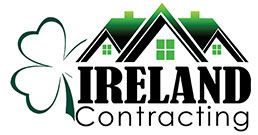

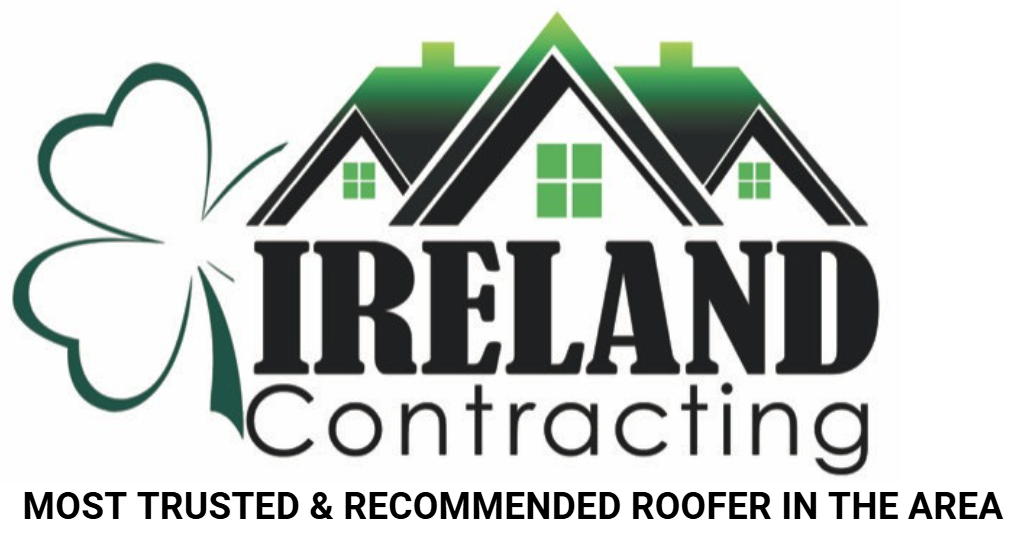
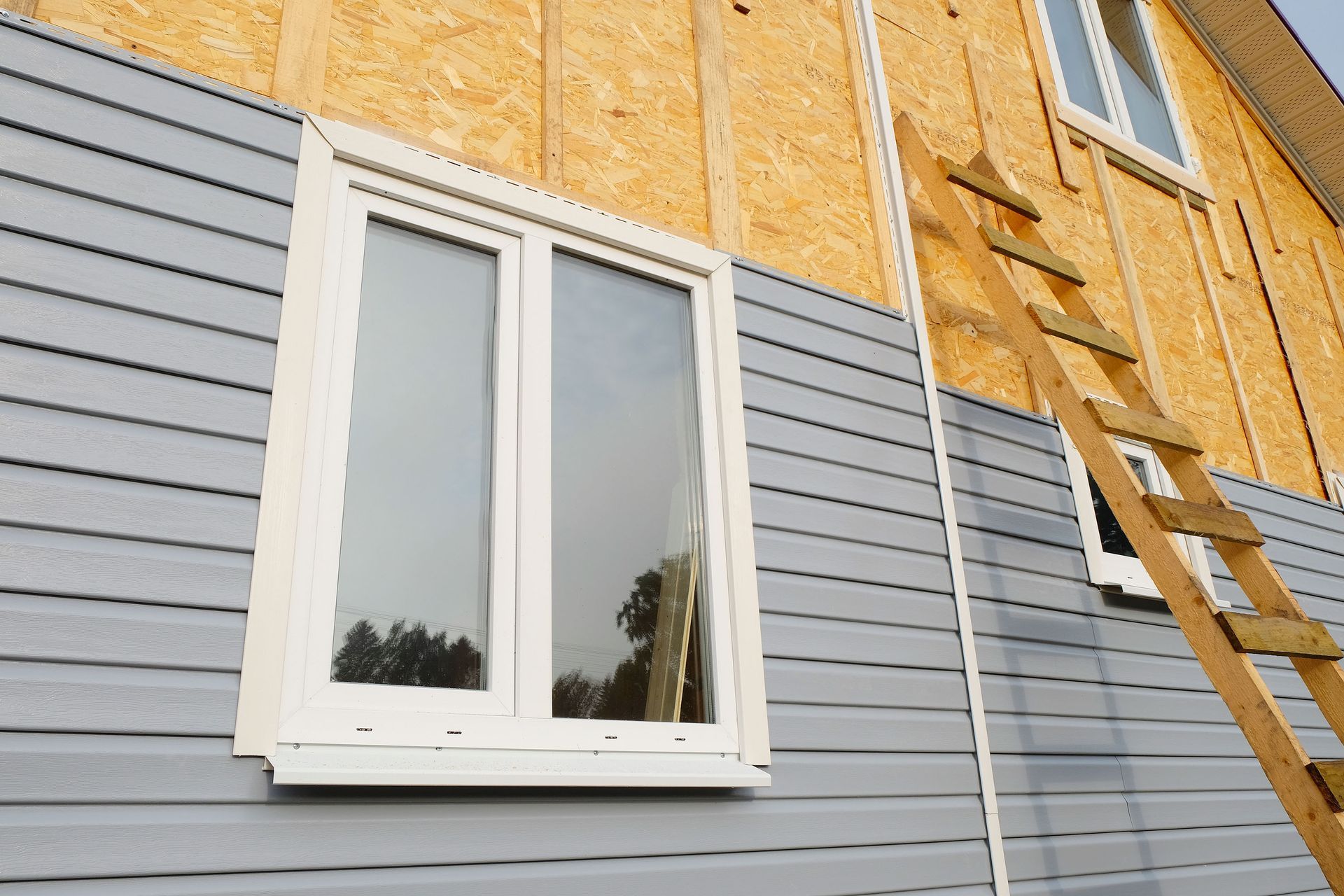
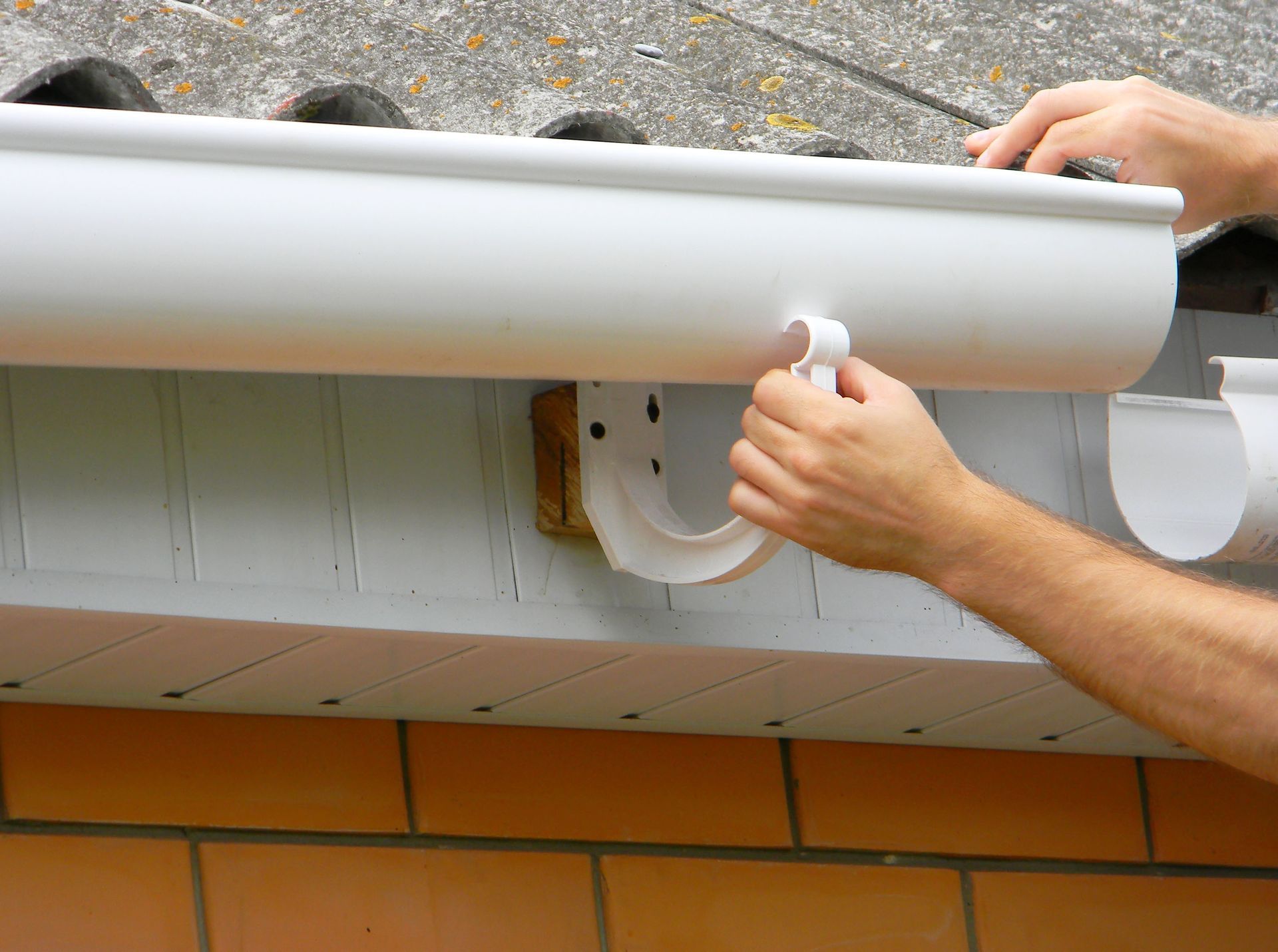
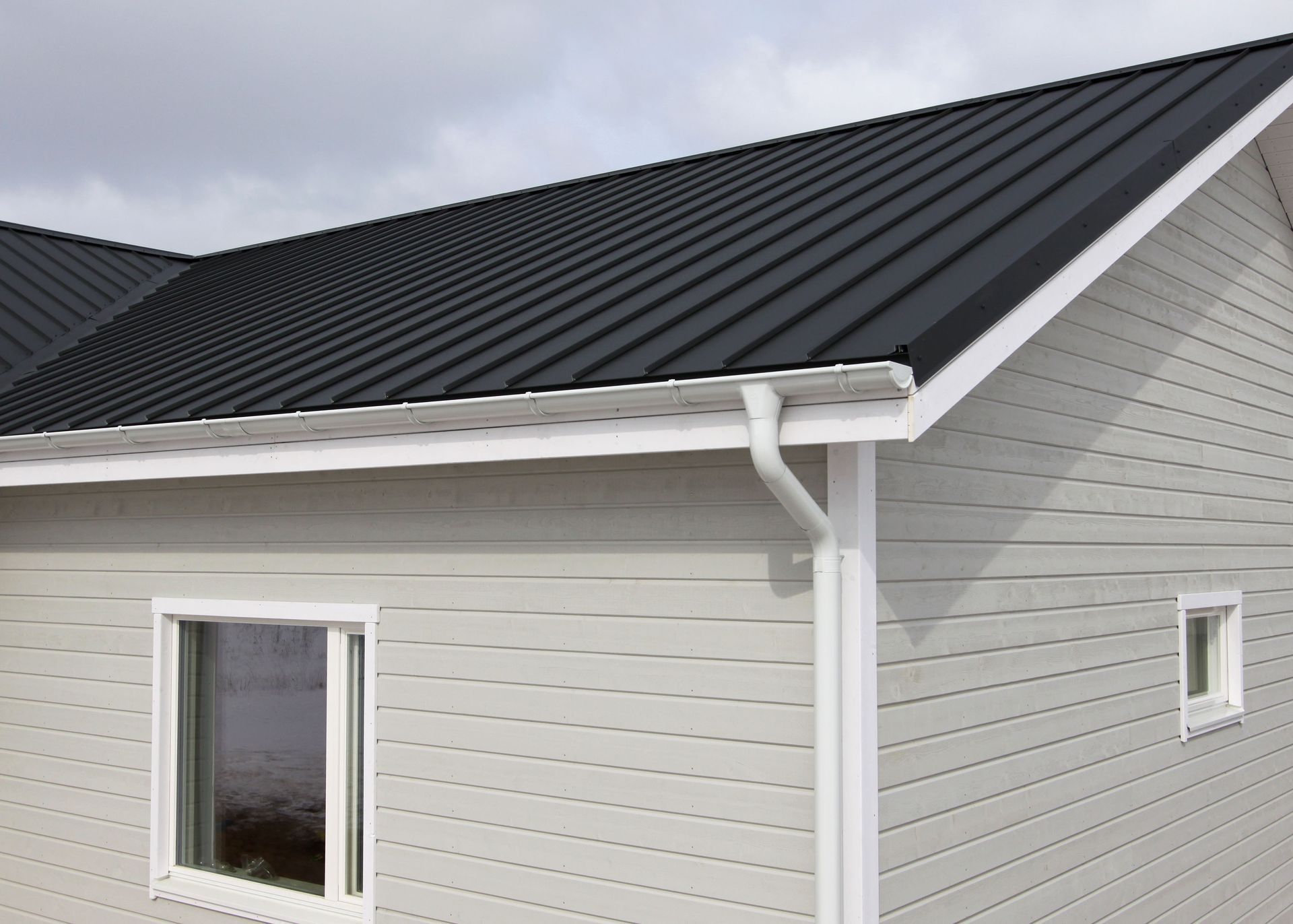
Share On: